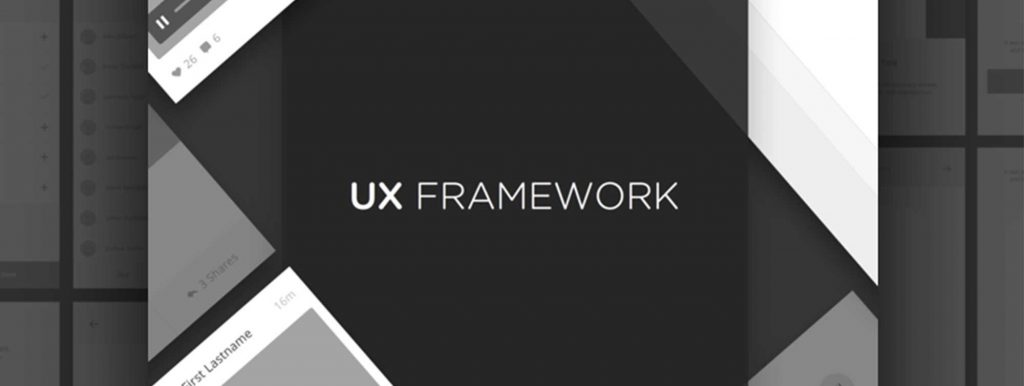UX Frameworks are methods to help us build better digital products.
I come from an art and graphic design background, that type of schooling helped me get ideas from different sources, sometimes that means making ideas out of old ones. On other occasions, I get that “Eureka” moment, like who ran throughout the city naked when he discovered that the spelled water volume is equal to his body’s volume. Just like Archimedes
I want to develop my ideas into useful and valuable products, that solve our customers problems. This works with art not with building real good digital products.
Design School
I am an advocate of the “Design School” of thought, where User Experience is identified as the process of satisfying “user’s” personal or/and business “needs” using “design”. In My Opinion User Experience can be briefed into:
Needs + Process + Design + Context(environment) + Time + Business
Traditionally, building digital products required product owners/designers to deliver the following:
1. User Personas, stories, and Scenarios (User + Task + Environment).
2. Sitemaps
3. Taxonomies (Vocabulary used in a product)
4. Content/Copy strategies.
5. Wireframes, UI elements, and mockups.
6. Usability test plans & results.
7. Refined prototypes.
IDEO’s Human-Centered Design Approach
Delivering those elements meant spending a fair amount of time, as each one of those items marched as an independent entity. Leading design agencies such as IDEO figured out the need to build organized UX frameworks to manage those elements, therefore they standardized their .
IBM innovated their Design Thinking Framework, where they took the same approach as IDEO of phasing the product development process. Both of those organizations are the leaders in educating and training designers.
Those processes help product designers to empathize with users, define the problem, and prototype .
To showcase how those frameworks work, I will discuss IDEO’s human-centered design approach which seeks balancing user needs with business expectations using design. IDEO phased the design process into:
1. Observation
2. Ideation
3. Rapid Prototyping
4. User Feedback
5. Iteration
6. Implementation
Other Frameworks
Besides IBM’s and IDEO’s frameworks there are some frameworks that works depending on the product phase you are at:
1. TARI (Trigger, Action, Reward, Investment)
2. USMO (User, Situation, Motivation, Outcome)
3. JTBD (Jobs To Be Done)
4. BASIC (Beauty, Accessibility, Simplicity, Intuitiveness, Consistency)
5. HEART (Happiness, Engagement, Accessibility/Adoption, Retention, Task Success)
This article contained little insights I’ve gained in designing digital products through my experience in building workspaces, S-Mart, Shifa and the others projects in my portfolio.
Final Thoughts
Using these frameworks to build customer-centered products is very important because it emphasize on the user needs during different stages of product building. They helped us align business goals with customer needs. This is achieved by revolving the business goals around the user’s needs. Personally, I do not want to build a product that does not solve the user’s needs.
At the end of the day, what decides if a product is successful or not is if the product actually meets the user’s needs and achieving the business goals at the same time which governed mainly by user experience.
You can also read more about one of my experienced user experience processes in my presentations. You can learn more how I manage the projects day to day in 8 Tasks Process For Managing UX And Design Projects article also.
